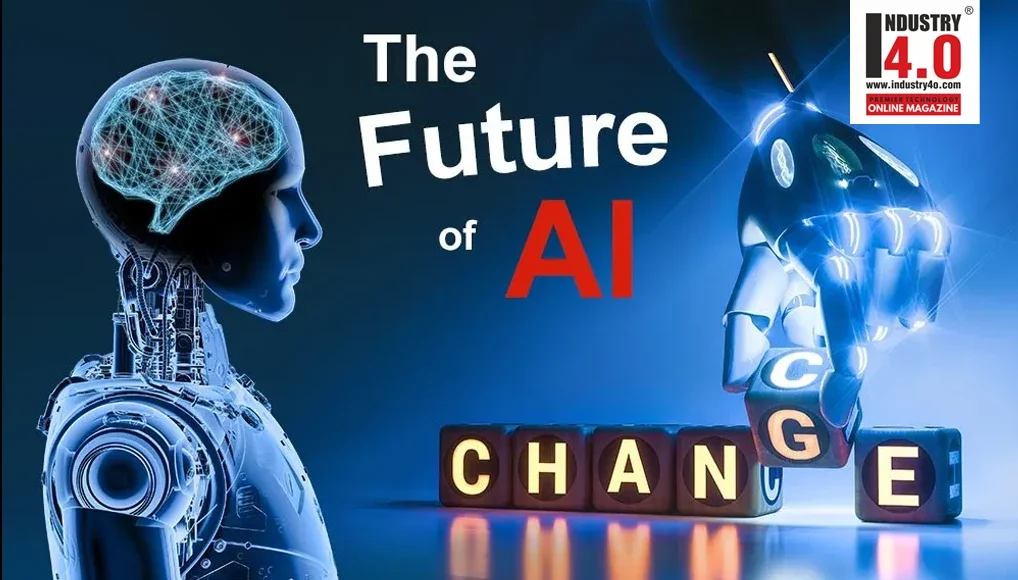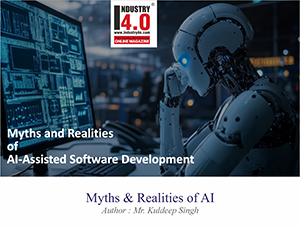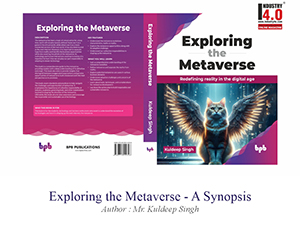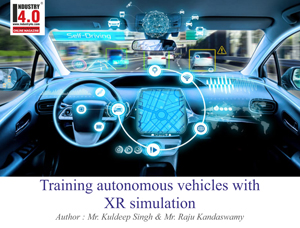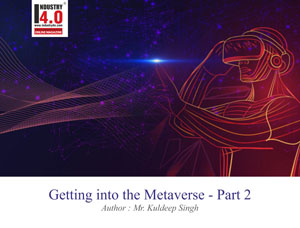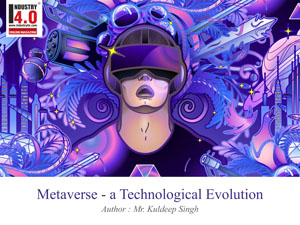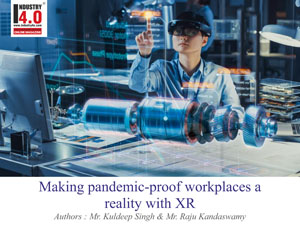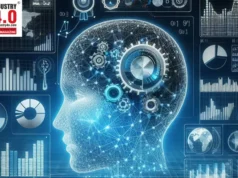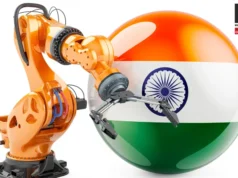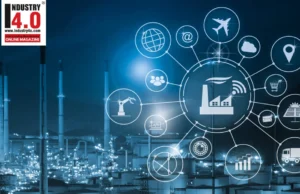A Path to AI → GenAI → Agentic AI
The world of technology is evolving at lightning speed. Every week, new AI models, frameworks, and services make headlines. With the hype around LLMs, Agentic AI, MCPs, and A2A systems, it’s easy to feel like we’re always playing catch-up.
But here’s the truth: without strong fundamentals, chasing the “next big thing” is like building a skyscraper on sand. A strong foundation ensures stability. That’s why, before diving deep into Generative AI, it’s critical to revisit the path that got us here.
 This article is structured as a learning guide — a quick explainer – so you can use it to build the right base for your GenAI journey (and even prepare for AI/GenAI certifications).
This article is structured as a learning guide — a quick explainer – so you can use it to build the right base for your GenAI journey (and even prepare for AI/GenAI certifications).
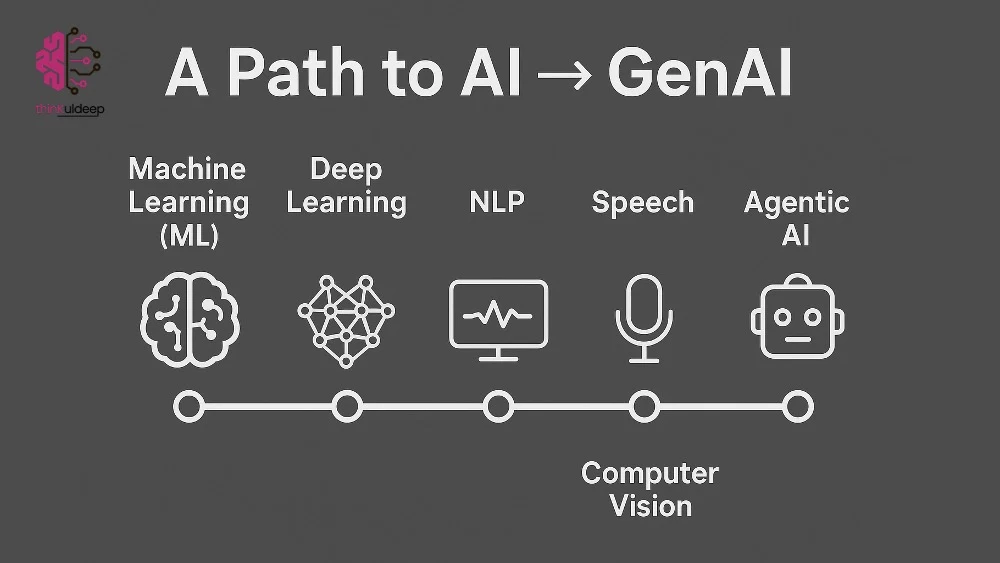
We’ll cover the evolutionary path:
Machine Learning → Deep Learning → Generative AI → NLP → Speech → Computer Vision → Agentic AI
1. Machine Learning (ML): The Starting Point
At its core, machine learning (ML) is about teaching machines to learn from experience, just as humans do. Models are essentially mathematical equations trained on large datasets to predict outcomes (labels) based on given inputs (features).
The process of building ML models involves training on datasets, adjusting parameters, validating results on test data, and repeating this cycle until the results are satisfactory.
Two primary techniques define ML:
- Supervised learning: where we have labeled data with known outcomes.
- Unsupervised learning: where no labels exist, and the machine must find hidden patterns or groupings.
1.1 Supervised Machine Learning
It is generally built on historical observations where we have clear relation between outcome (label — y) and parameters ( x1, x2, x3…). and a model can be derived to represent that relationship in a mathematical form the model.
y = f(x1, x2, x3, …)
With this, we can predict outcomes for new data.
- Regression is used when predicting numeric values (e.g., predicting rainfall based on temperature and wind speed).
- Classification is used when predicting categories (e.g., diagnosing diseases from patient records).
- Binary classification: two categories (true/false, positive/negative).
- Multiclass classification: more than two categories.
Key steps in supervised learning include:
- Splitting data into training and test sets.
- Applying algorithms like Linear Regression (for regression) or Logistic Regression (for classification).
- Evaluating results using techniques such as confusion matrices, F1 score, MAE, MSE, or R².
- Iterating until results reach an acceptable accuracy.
1.2 Unsupervised Machine Learning
In contrast, unsupervised learning deals with data that has no labels. The goal is to uncover structure and relationships hidden within the data.
A common technique is K-Means clustering, where data points are grouped into clusters based on similarity. The algorithm keeps adjusting centroids until the clusters stabilize.
Evaluation here involves measuring separation between clusters — using metrics like silhouette scores or distances from cluster centers.
In many real-world scenarios, hybrid approaches combine supervised and unsupervised methods, allowing clusters to be labeled and then used for prediction tasks.
2. Deep Learning: Inspired by the Brain
Deep learning takes ML a step further by mimicking how the human brain processes information through neural networks.
Each artificial neuron applies a function to inputs, weighted by importance, and passes the output through an activation function to decide whether the signal continues.
Through repeated training (epochs), weights are adjusted using methods like gradient descent until errors are minimized. Networks with many layers are called deep neural networks (DNNs), which can handle complex tasks in regression, classification, natural language, and computer vision.
3. Generative AI: The Creative Leap
Generative AI (GenAI) represents a leap forward. Unlike traditional ML, it doesn’t just predict — it creates. With natural language prompts, GenAI can produce text, images, code, audio, and more. We have covered Generative AI Fundamental in recent article on Building Gen AI solutions.
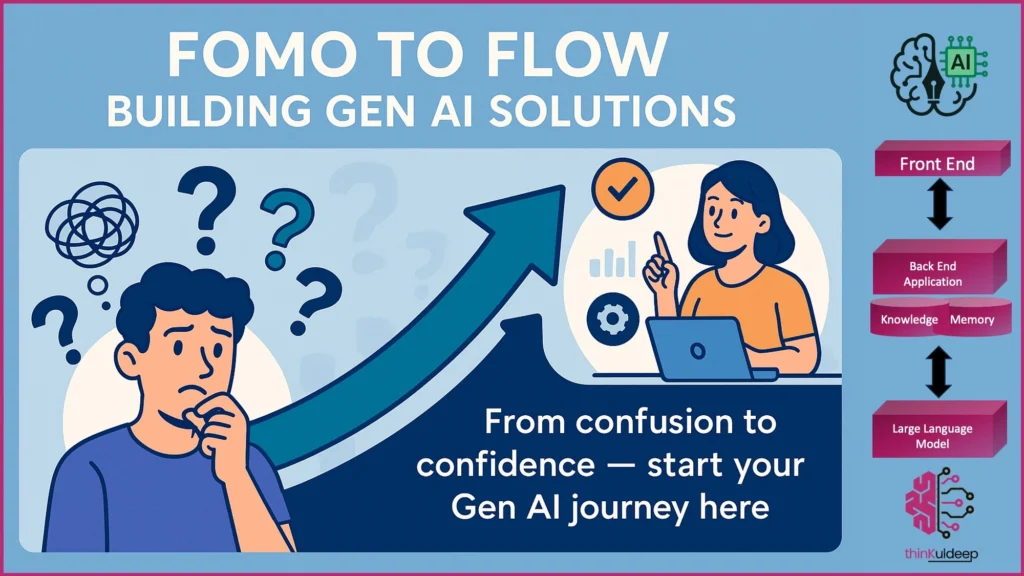
The evolution here is tied to natural language processing (NLP):
- Early methods relied on tokenization and embeddings to represent words numerically.
- RNNs allowed sequential predictions but struggled with long contexts.
- Transformers revolutionized NLP by enabling parallel processing and introducing attention mechanisms.
This led to powerful transformer architectures like:
- BERT (encoder-based, by Google) for understanding context.
- GPT (decoder-based, by OpenAI) for generating coherent content.
Today’s LLMs are built on these foundations. Gen AI advancement has good impact on traditional AI ways of natural language, audio processing, and computer visions.
4. Natural Language Processing (NLP)
Core NLP tasks include:
- Language detection
- Sentiment analysis
- Named entity recognition
- Text classification
- Translation
- Summarization
- Conversational AI
Many cloud providers now bundle most of these into ready-to-use services over LLMs, but understanding the underlying mechanics helps us better use and evaluate them.
5. Speech Processing
Modern speech systems convert speech to text and text to speech in real time. Thanks to deep neural networks, today’s synthetic voices sound natural — closing the gap between human and machine communication.
These capabilities power applications in accessibility, customer support, and live transcription.
6. Computer Vision
Computer vision enables machines to interpret visual information. Traditionally, convolutional neural networks (CNNs) dominated this field, excelling at tasks like image classification, object detection, and segmentation.
But now, transformers and multimodal models extend these abilities further. By combining image encoders with text embeddings, models can understand and generate across modalities — describing images in natural language or generating images from text.
7. Agentic AI: The Next Stage
Agentic AI systems can not only process information but take autonomous actions, chaining multiple models and tools together.
- Example: AI agents booking a flight, writing an itinerary, and syncing your calendar — without manual intervention.
- Built on strong ML, DL, and GenAI foundations.
Conclusion
Generative AI is redefining how we interact with technology, but the path here matters. Without grounding in ML, DL, NLP, and CV, it’s easy to misuse or overestimate GenAI.
Think of this journey as layers of a course:
- ML (prediction)
- DL (complex data handling)
- GenAI (creation)
- NLP, Speech, CV (specializations)
- Agentic AI (autonomy)
✨ Certification Tip: Most GenAI certifications (from Google, Microsoft, AWS, or Stanford/DeepLearning.AI) expect you to understand this progression, not just how to call an API.
By stepping back, reinforcing fundamentals, and then advancing, we ensure that our GenAI journey isn’t just hype-driven — but future-ready.
All the best — thinkuldeep.com 🙌
A variation of this article is originally published at AI Practices Publication

Mr. Kuldeep Singh
Engineering Director
ThoughtWorks
Mr. Kuldeep Singh is a seasoned technology professional with a rich background spanning nearly two decades, where he has consistently demonstrated expertise in various roles. His journey has encompassed diverse positions, from a software developer and enterprise architect to an engineering director, practice head, and technical product manager. Currently associated with Thoughtworks, he has also significantly contributed to Nagarro and Quark Media House during his illustrious career.
In the tech industry, Kuldeep stands out as a trailblazer, playing a pivotal role in pioneering Centers of Excellence for emerging technologies like IoT, AR/VR, and Web3. His leadership extends to overseeing complex data projects in estimations, forecasting, and optimization, designing highly scalable, cloud-native, and microservices-based architectures. He emphasizes bringing technology to the core of the business and advocates for development practices such as CI/CD, Test-Driven Development (TDD), and eXtreme Programming (XP). His extensive experience spans diverse domains, including manufacturing, aviation, education, retail, telecom, healthcare, commodity trading, and more.
Beyond his technical roles, Kuldeep is a prolific writer and speaker, actively sharing insights on technology, leadership, and motivation. His extensive portfolio includes over 100 articles, some of which have gained recognition in esteemed publications such as Economics Times, Tech.de, industry4o.com, Analytics India and Thoughtworks Insights
Academically, Kuldeep holds a B. Tech. in Computer Engineering from NIT, Kurukshetra. His commitment to knowledge includes active involvement in events, mentoring and judging initiatives, and volunteering for ideations, hackathons, and nonprofit causes, collaborating with organizations like NASSCOM, Meta, Ministry of Electronics and Information Technology (MeitY) — Government of India, Smart India Hackathon, Digital India, FICCI, AICTE, IEEE, The VRARA, Metaverse India Policy and Standards (MIPS), and academic institutions like IIT, NITs, and other universities across India. He is also engaged with World Metaverse Council, Responsible Metaverse Alliance, and others to collectively build and share the community by open source.
With a passion for empowering others and a steadfast commitment to innovation, Kuldeep stands as a thought leader in the ever-evolving landscape of technology.
Mr. Kuldeep has built his career empowering businesses with the Tech@Core approach. He has incubated IoT and AR/VR Centres of Excellence with a strong focus on building development practices such as CICD, TDD, automation testing and XP around new technologies.
Mr. Kuldeep has developed innovative solutions that impact effectiveness and efficiency across domains, right from manufacturing to aviation, commodity trading and more. Mr. Kuldeep also invests time into evangelizing concepts like connected worker, installation assistant, remote expert, indoor positioning and digital twin, using smart glasses, IoT, blockchain and ARVR technologies within the CXO circles.
Mr. Kuldeep has led several complex data projects in estimations, forecasting and optimization and has also designed highly scalable, cloud-native and microservices based architectures.
Mr. Kuldeep is currently associated with ThoughtWorks, as a Engineering Director and Head of XR Practice in India. He has worked with Nagarro as a Director of Technology.
Mr. Kuldeep holds a B.Tech (Hons) in Computer Science and Engineering from National Institute of Technology, Kurukshetra. Mr. Kuldeep also spends his time as a speaker, mentor, juror and guest lecturer at various technology events, and x-member of The VRAR Association. Mr. Kuldeep is also mentor at social communities such as Dream Mentor, tealfeed.com and PeriFerry
Mr. Kuldeep is Accorded with the following Honors & Awards :
https://www.linkedin.com/in/ku
Mr. Kuldeep is Bestowed with the following Licences & Certifications :
https://www.linkedin.com/in/ku
Mr. Kuldeep is Volunteering in the following International Industry Associations & Institutions :
https://www.linkedin.com/in/ku
Mr. Kuldeep can be Contacted at:
E-Mail : [email protected] / [email protected]
Linkedin : https://www.linkedin.com/in/ku
Twitter : https://twitter.com/thinkuldee
Facebook : https://www.facebook.com/kulde
Instagram : https://www.instagram.com/acco
Blog : https://medium.com/xrpractices
Personal Website : https://thinkuldeep.com/
Company Website : https://www.thoughtworks.com/p
Github : https://github.com/thinkuldeep
Also read Mr. Kuldeep’s earlier articles :

